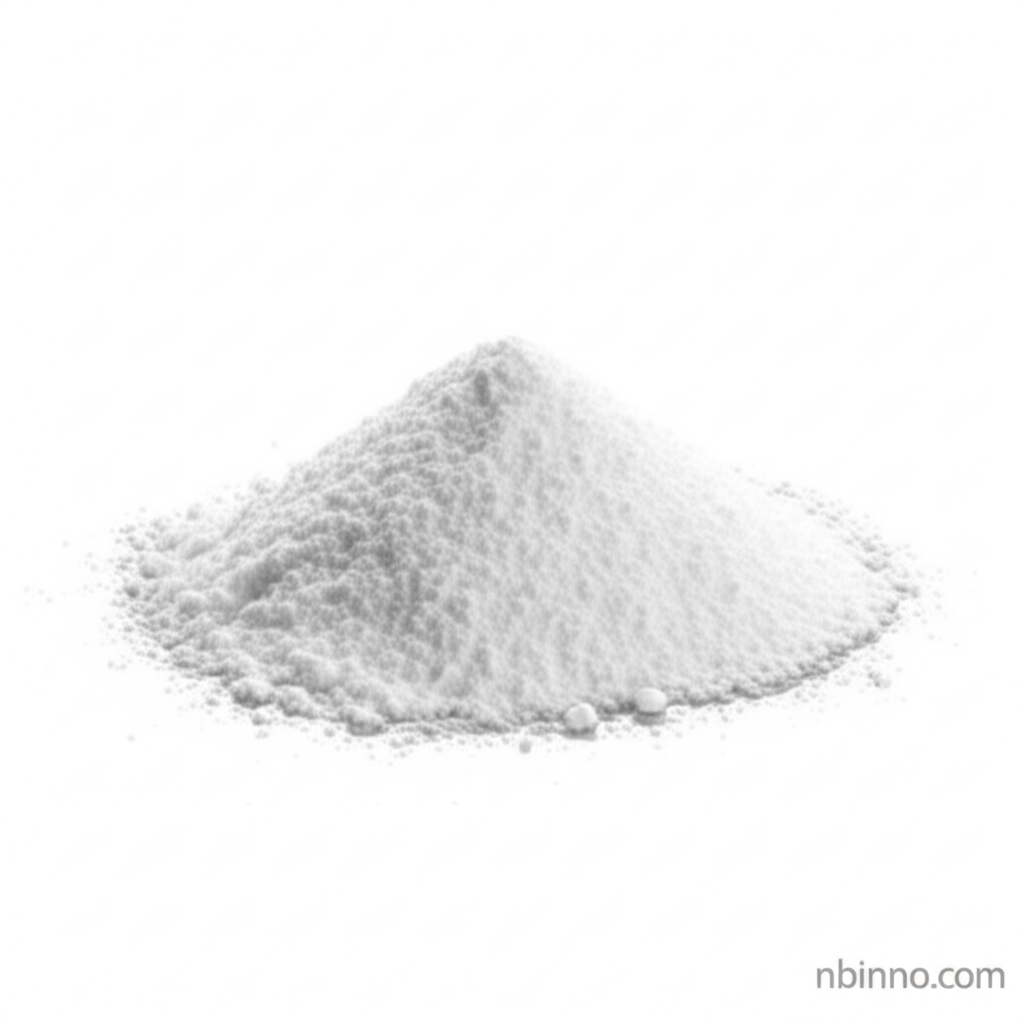Microcrystalline Cellulose: A Versatile Pharmaceutical Excipient
Discover the indispensable role of Microcrystalline Cellulose (MCC) in modern drug formulation and manufacturing.
Get a Quote & SampleProduct Core Value

Microcrystalline Cellulose
Microcrystalline Cellulose (MCC) is a highly purified, partially depolymerized cellulose derived from wood pulp or other fibrous plant materials. It is a crucial excipient widely utilized across pharmaceutical, food, and cosmetic industries due to its unique physicochemical properties and functional versatility.
- Explore the superior binding and compressibility properties that make Microcrystalline Cellulose ideal for direct compression tablet manufacturing.
- Understand how MCC acts as an effective filler and diluent, providing bulk and uniformity to pharmaceutical formulations.
- Learn about the disintegrant capabilities of MCC, facilitating faster drug release and improved bioavailability.
- Discover the advantages of using Microcrystalline Cellulose compared to other common excipients for stable and efficient drug product development.
Key Advantages
Excellent Binding Properties
MCC is renowned for its strong binding capabilities, ensuring tablet integrity and hardness, crucial for the direct compression tablet manufacturing process.
Superior Compressibility
Its plastic deformation under pressure maximizes inter-particle bonding, leading to robust tablets even at low compression forces, a key benefit in drug formulation.
Enhanced Flowability
Certain grades of MCC offer improved flow characteristics, ensuring consistent die filling and reducing manufacturing interruptions, which is vital for pharmaceutical excipient science.
Key Applications
Tablet Manufacturing
As a filler-binder, MCC is fundamental in producing tablets via direct compression and wet granulation, ensuring consistent dosage forms.
Capsule Filling
MCC serves as a diluent in capsules, providing the necessary bulk and improving the flow of the formulation for accurate filling.
Food Industry
Used as an anticaking agent, stabilizer, and texturizer in various food products to improve consistency and shelf-life.
Cosmetic Products
Incorporated into cosmetics for its absorbent, anti-caking, and texturizing properties, enhancing product performance.
